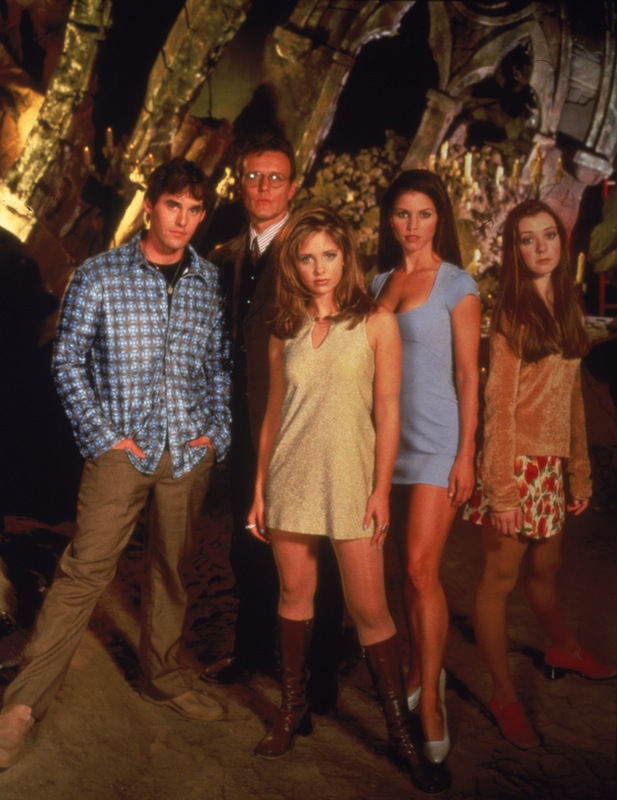
Buffy the Vampire Slayer wasn’t a new character when the TV show of the same name premiered on this day in 1997 — a poorly reviewed movie version had come out five years earlier, and creator Joss Whedon’s desire to do it again and do it right quickly became part of the Buffy creation mythology.
Nearly two decades later, it’s easy to see that doing Buffy right wasn’t just a matter of improving its casting, creative freedom and sense of humor. In addition to all those aces, Whedon — now a bona fide blockbuster builder — was also an early comer to the socially conscious, feminism-friendly attitude that has redefined the pop-culture landscape in more recent years.
Need proof? Just look at a feature about teen-centric television that TIME ran a few months after Buffy took to the airwaves as a mid-season replacement. The piece called Buffy “the most talked-about show to have debuted in the past months” and included an interview with Whedon, who was forthright about his stake (no pun intended) in the show’s feminist cred:
Producers of these shows understand that preachiness lures no one. Says Joss Whedon, creator of the Buffy movie and series and a former writer on Roseanne: “If I can make teenage boys comfortable with a girl who takes charge of a situation without their knowing that’s what’s happening, it’s better than sitting down and selling them on feminism.”
The original idea for Buffy came to Whedon after years spent watching horror movies in which “bubblehead blonds wandered into dark alleys and got murdered by some creature.” Thought Whedon: “I would love to see a movie in which a blond wanders into a dark alley, takes care of herself and deploys her powers.”
The series gives the idea more dimension. Buffy, like many of her TV peers, must deal with an absurdly clueless parent (her mom doesn’t know she’s a vampire slayer); the insularity of generic suburbia (Buffy lives in familiar but fictional Sunnydale, Daria in Lawndale); and a dumb but popular nemesis, Cordelia, who sets out to test Buffy‘s coolness quotient on Buffy‘s first day at school. “Vamp nail polish?” Cordelia inquires. “So over,” Buffy confidently answers. “John Tesh?” Cordelia persists. “The devil,” Buffy replies.
Beyond the reference barrage that is Buffy churns a wry, ongoing parable of the modern woman’s greatest conflict: the challenge to balance personal and professional life. Buffy, you see, has been designated as the sole vampire slayer of her generation. When the bloodsuckers emerge, she must be there to make mincemeat out of them. But what to do on a night when a 12th century prophecy has proclaimed that the world could come to an end, and a cute boy named Owen, an Emily Dickinson lover even, has finally asked you out? This is, of course, Buffy‘s unending dilemma.
Read the full 1997 article, here in the TIME Vault: Bewitching Teen Heroines
More Must-Reads from TIME
- How the Economy is Doing in the Swing States
- Harris Battles For the Bro Vote
- Our Guide to Voting in the 2024 Election
- Mel Robbins Will Make You Do It
- Why Vinegar Is So Good for You
- You Don’t Have to Dread the End of Daylight Saving
- The 20 Best Halloween TV Episodes of All Time
- Meet TIME's Newest Class of Next Generation Leaders
Write to Lily Rothman at lily.rothman@time.com